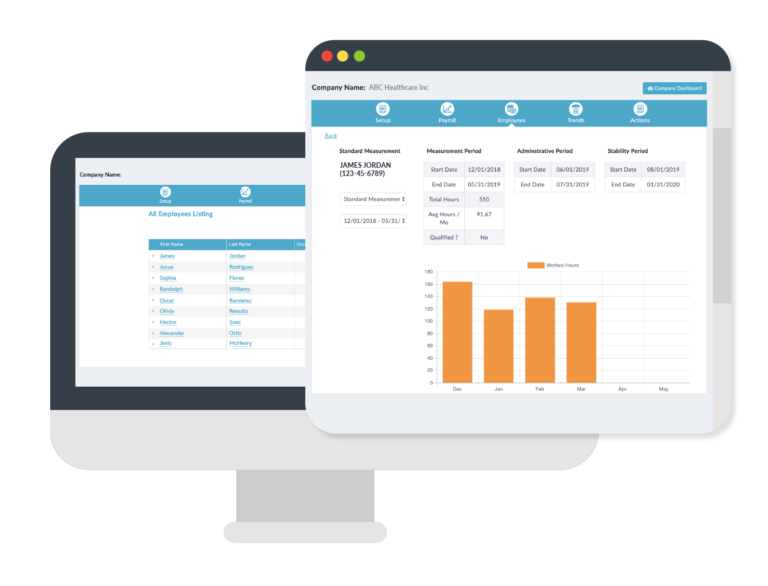Claims Analytics Reporting
Healthcare claims data analytics is the process of using statistical analysis, data mining, and machine learning techniques to extract insights from healthcare claims data. This data is then used to identify trends, patterns, and outliers that can help plan sponsors and vendors make better decisions about healthcare spending.
With HealthCare Reporting, claims data analysis in healthcare has never been easier. Our cloud-based software platform offers healthcare brokers, vendors, and plan sponsors the tools they need to analyze their claims data.

Claim Analytics in Health Insurance
HealthCare Reporting helps improve claim analytics in health insurance, providing tools for identifying trends in data, analyzing claims for reimbursement, and implementing improved billing and coding procedures.
With HealthCare Reporting, data such as the types of procedures that are most commonly performed, the average length of stay for patients, and the cost of different types of care can be easily retrieved and analyzed to improve the efficiency and effectiveness of care delivery.
Healthcare Claims Data Analytics
Our experienced team, ERISA Counsel, and claims auditors are the leading experts in claims data analysis, and we’ve developed a comprehensive claims analytics and reporting tool that helps healthcare vendors and plan sponsors track claims and achieve better financial outcomes.
Software Features
Automated claims analytics solutions are the most efficient way to track claims data. They eradicate the need to manually collect and organize data, which leaves too much room for human error. HealthCare Reporting is a leading claims administration tool to collect, process, analyze, and report healthcare claims data faster and more efficiently. The automated claims analytics feature helps process claims faster and more efficiently, freeing time and resources to focus on other important tasks.
Healthcare Brokers, Plan Sponsors, and Vendors use claims management solutions to mitigate risks, build trust with clients and partners, and improve learning. Our claims analytics dashboard provides an overview of healthcare plan spending and provides healthcare providers with relevant data for better claim management, fraud detection, and improved customer satisfaction.
Loss ratio analysis helps in understanding the financial performance of a healthcare plan, and it is derived by dividing the total amount of money paid out in claims by the total amount of premiums received. A higher loss ratio indicates that the company or plan is paying out more in claims than it is receiving in premiums. HealthCare Reporting provides a centralized repository of claims data and helps track trends in claims costs as well as identify areas of overspending to improve loss ratios.
HealthCare Reporting uses predictive analysis to identify high-risk claims, predict the cost of claims, and prevent fraud and abuse. Predictive healthcare claim analysis simplifies insurance claims data processing and can be used to set budgets, manage expenses, and prioritize claims for review and investigation before sending them to the payer companies. Our predictive modeling also helps predict the approval chances of a claim against the actual value claimed based on historical claims data from multiple insurance provider companies, thereby improving the claims payout rate.
Healthcare claims data analysis can also be used to identify cases of fraud and abuse. For example, it can be used to detect and identify patterns of suspicious claims, such as claims for services that were not rendered or claims for services that were not medically necessary. This information can be used to protect patients and providers from financial losses.
Healthcare claims data analytics can also be used by plan sponsors to compare the performance of different healthcare providers, such as hospitals, clinics, and individual physicians, to identify the best-performing providers, make better recommendations to their clients, and identify where providers can improve their care.
